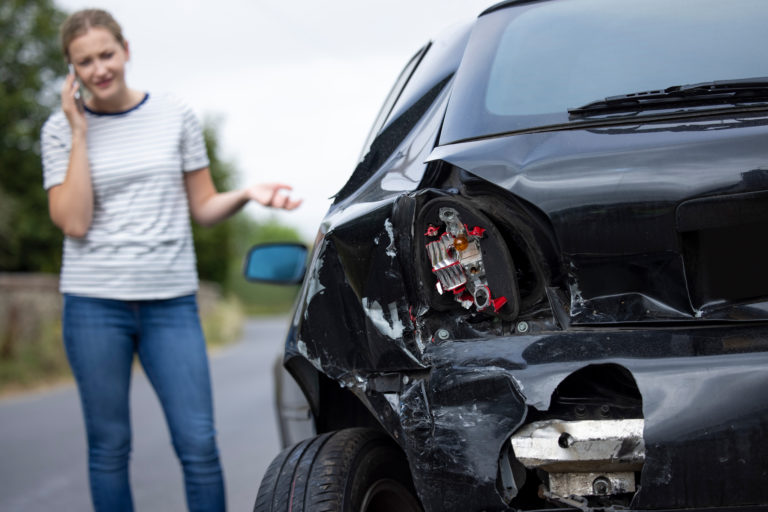NEWS from CPSC FOR IMMEDIATE RELEASE
Release #08-308
Illegal and Improper Use of Fireworks Continue to Harm Consumers More than Half of Injuries Occur Around July 4th Holiday
WASHINGTON, D.C. – For most Americans, the Fourth of July celebration is a time for food, fun and fireworks, but in 2007 nearly 10,000 Americans were treated in emergency rooms for firework-related injuries. Today on the National Mall, the U.S. Consumer Product Safety Commission (CPSC) reported that 64 percent of these injuries occurred during the one month period surrounding the July 4th holiday.
A review of these injuries shows that burns were the most common, accounting for more than half of the incidents. The parts of the body most often injured were hands (estimated 2,000 injuries), eyes (1,400 injuries) and legs (1,200 injuries). Over the last 10 years, there has been an upward trend in injuries. Eleven deaths were reported in 2007, the same number as the previous year.
“No one should go from a backyard celebration to the emergency room with firework related injuries,” said CPSC Acting Chairman Nancy Nord, “Using only legal fireworks and using them correctly is an important step towards celebrating safely.”
CPSC is working to keep American families safe by educating the public about the risk of injury associated with fireworks, enforcing fireworks regulations and by prosecuting dealers and distributors who manufacture and sell illegal explosives. As a part of its fireworks enforcement program, CPSC actively works with the Bureau of Alcohol, Tobacco, Firearms, and Explosives (ATF) to investigate roadside stands, warehouses and retail stores that sell professional grade explosives to consumers, and homes that serve as havens for the manufacture of dangerous fireworks devices. These investigations have resulted in dozens of successful prosecutions by the Justice Department’s Office of Consumer Litigation and U.S. Attorney offices across the country.
At the ports, CPSC is working alongside Customs and Border Protection (CBP) to ensure shipments are in compliance with the federal regulations. With CBP assistance, CPSC staff selectively sampled and tested over 400 shipments of fireworks last year. Of these 46 percent were found to contain illegal fireworks.
While the federal government remains committed to stopping the manufacture and sale of illegal fireworks, CPSC encourages consumers who use fireworks to safely use legal consumer fireworks.
To reduce injuries, CPSC recommends following these fireworks safety tips:
Never allow young children to play with or ignite fireworks.
Make sure fireworks are legal in your area before buying or using them.
Avoid buying fireworks that come in brown paper packaging, as this can often be a sign that the fireworks were made for professional displays and could pose a danger to consumers.
Adults should always supervise fireworks activities. Parents often don’t realize that there are many injuries from sparklers to children under five. Sparklers burn at temperatures of about 2,000 degrees – hot enough to melt some metals.
Never have any portion of your body directly over a fireworks device when lighting the fuse. Move back a safe distance immediately after lighting.
Never try to re-light or pick up fireworks that have not fully functioned.
Never point or throw fireworks at another person.
Keep a bucket of water or a garden hose handy in case of fire or other mishap.
Light one item at a time, then move back quickly.
Never carry fireworks in a pocket or shoot them off in metal or glass containers.
After fireworks fully complete their functioning, douse the spent device with plenty of water from a bucket or hose before discarding to prevent a trash fire.
To see this release on CPSC’s web site, including a link to the statistical report just issued, please go to:
http://www.cpsc.gov/cpscpub/prerel/prhtml08/08308.html
The U.S. Consumer Product Safety Commission is charged with protecting the public from unreasonable risks of serious injury or death from more than 15,000 types of consumer products under the agency’s jurisdiction. Deaths, injuries and property damage from consumer product incidents cost the nation more than $800 billion annually. The CPSC is committed to protecting consumers and families from products that pose a fire, electrical, chemical, or mechanical hazard. The CPSC’s work to ensure the safety of consumer products – such as toys, cribs, power tools, cigarette lighters, and household chemicals – contributed significantly to the decline in the rate of deaths and injuries associated with consumer products over the past 30 years.
$850,000 Verdict
Business Litigation
$1,200,000 Verdict
Slip and Fall
$17 Billion Settlement
Tobacco Injuries
$1,900,000 Settlement
Bicycle Accident
Six Figure Settlement
Nursing Home Abuse
$600,000 Verdict
Construction Accident
$750,000 Verdict
Defective Product
$750,000 Verdict
Nursing Home Abuse
$625,000 Settlement
Construction Accident
$2.5 Million Settlement
Medical Malpractice
$1,100,000 Settlement
Bicycle Accident
$3.3 Million Verdict
Asbestos / Mesothelioma
$1,500,000 Verdict
Auto Accident
$2.8 Million Verdict
Asbestos / Mesothelioma

